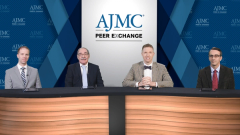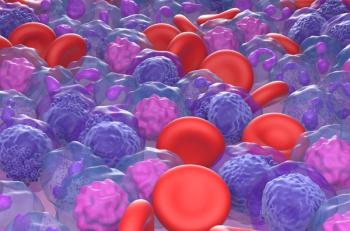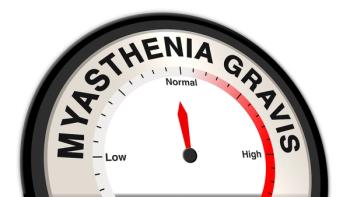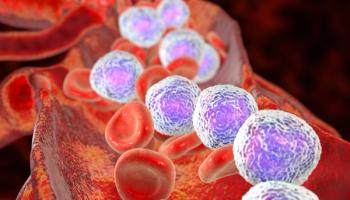
Overview of Treatment Landscape for IgA Nephropathy: Standard of Care and KDIGO Guidelines
Panelists discuss how immunoglobulin A (IgA) nephropathy treatment has evolved to include supportive care with optimized blood pressure control and renin-angiotensin system blockade as first-line therapy, with increasingly targeted immunomodulatory approaches for higher-risk patients showing persistent proteinuria.
Episodes in this series

Treatment Landscape and Standard of Care for IgA Nephropathy
Current Treatment Approach
The management of IgA nephropathy (IgAN) follows a risk-stratified approach with treatment intensity tailored to disease severity and progression risk:
Supportive Care (All Patients)
- Renin-angiotensin-aldosterone system (RAAS) blockade: Angiotensin-converting enzyme (ACE) inhibitors or angiotensin receptor blockers (ARBs) titrated to maximum tolerated dose, particularly in patients with proteinuria > 0.5 g/day
- Blood pressure control: Target < 130/80 mmHg
- Lifestyle modifications: Sodium restriction, weight management, smoking cessation, and physical activity
- Cardiovascular risk management: Lipid control, glycemic management in diabetics
Disease-Specific Therapies (Risk-Based)
- Corticosteroids: For patients with persistent proteinuria > 1g/day despite 3-6 months of optimized supportive care
- Immunosuppressive agents: Cyclophosphamide, mycophenolate mofetil, or rituximab for rapidly progressive disease or crescentic IgAN
- Tonsillectomy: Considered in select patients, particularly in populations with high prevalence of tonsillitis-associated hematuria
- Fish oil supplements: May provide modest benefit in some patients, though evidence remains inconsistent
Emerging Therapies
- Targeted complement inhibition: Targeting alternative complement pathway
- Targeted B-cell therapies: Addressing aberrant IgA1 production
- SGLT2 inhibitors: Showing renoprotective effects in proteinuric kidney diseases
Key Points From KDIGO Guidelines
- Risk assessment:
- Recommend comprehensive assessment of proteinuria, blood pressure, estimated glomerular filtration rate (eGFR), and histopathological features (MEST-C score)
- Identify high-risk patients: persistent proteinuria > 1g/day, declining eGFR, hypertension, and adverse histology
- Initial management:
- Maximize RAAS blockade as first-line therapy for all patients with proteinuria > 0.5g/day
- Optimize supportive care for 3-6 months before considering immunosuppression
- Immunosuppressive therapy:
- Consider corticosteroids for patients with persistent proteinuria > 1g/day despite optimal supportive care
- Recommend caution with immunosuppression in patients with eGFR < 30 mL/min/1.73m²
- Balance potential benefits against risks of therapy
- Special populations:
- Crescentic IgAN (> 50% crescents): Consider cyclophosphamide and corticosteroids
- Nephrotic syndrome: Evaluate for minimal change disease overlap
- Pregnancy: Continue ACE/ARB until conception planning, then switch to alternative antihypertensives
- Monitoring:
- Regular assessment of proteinuria, eGFR, and blood pressure every 3-6 months
- Consider repeat biopsy in cases of unexpected disease course
- End-stage kidney disease management:
- Transplantation is preferred over dialysis when feasible
- Acknowledge risk of recurrence posttransplant (30%-35%)
- Research priorities:
- Emphasize need for biomarkers to guide therapy
- Support development of targeted therapies addressing disease pathogenesis
The guidelines emphasize a personalized approach, balancing risk of progression against potential treatment toxicities, with treatment decisions made in the context of patient preferences and values.
Newsletter
Stay ahead of policy, cost, and value—subscribe to AJMC for expert insights at the intersection of clinical care and health economics.















































